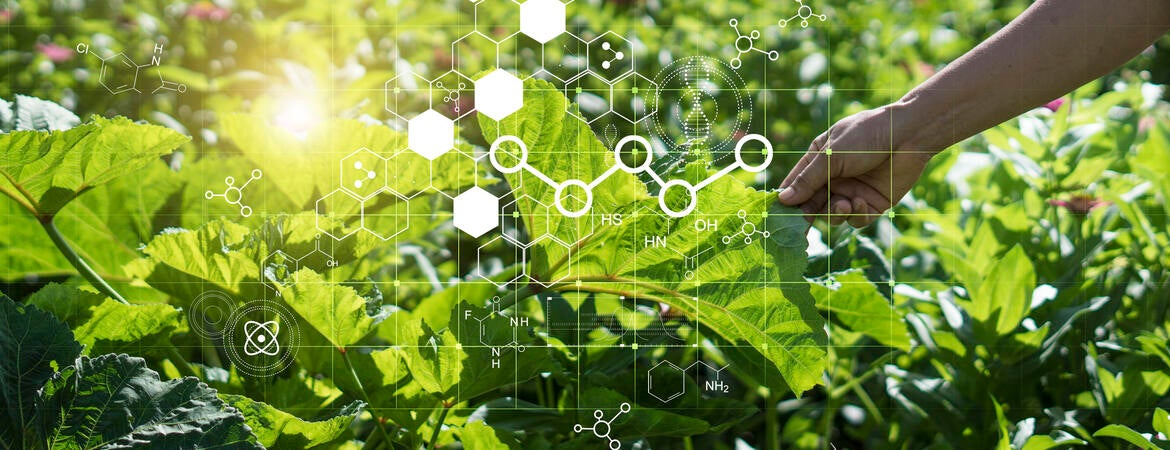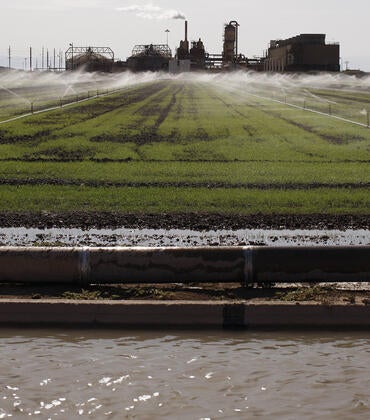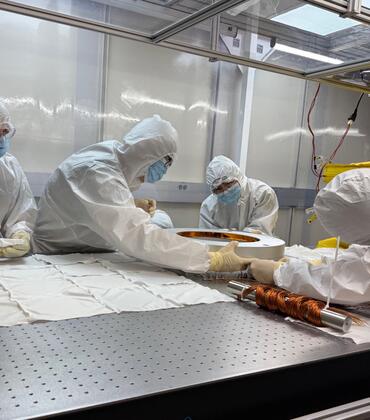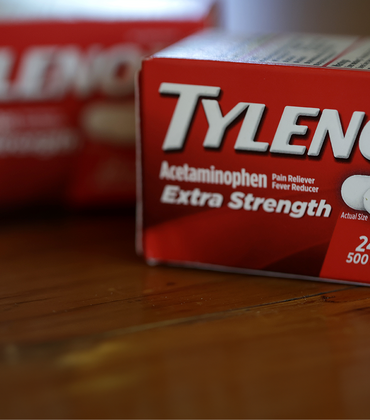
Advanced technologies enable the controlled release of medicine to specific cells in the body. Scientists argue these same technologies must be applied to agriculture if growers are to meet increasing global food demands.
In a new Nature journal review paper, scientists from UC Riverside and Carnegie Mellon University highlight some of the best-known strategies for improving agriculture with nanotechnology.
Nanotechnology is an umbrella term for the study and design of microscopically small things. How small? A nanometer is one billionth of a meter, or about 100,000 times smaller than the width of a human hair. Using nanotechnology, drugs can now be delivered where they’re most needed. But these insights have yet to be applied to plant science on a large scale.
“There are studies predicting we will need to increase food production by up to 60% in 2050 relative to 2020 levels. Right now, we are trying to do that through inefficient agrochemical delivery,” said Juan Pablo Giraldo, UCR associate professor and paper co-corresponding author.
“Half of all the fertilizer applied on farms is lost in the environment and pollutes the groundwater. In the case of commonly used pesticides, it’s even worse. Only 5% reach their intended targets. The rest ends up contaminating the environment. There is a lot of room for improvement,” Giraldo said.
Currently, agriculture accounts for up to 28% of global greenhouse gas emissions. This, in addition to a range of other factors from extreme weather events to rampant crop pests and rapidly degrading soil, underlines the need for new agricultural practices and technologies.
In their review, the researchers highlight specific approaches borrowed from nanomedicine that could be used to deliver pesticides, herbicides, and fungicides to specific biological targets.
“We are pioneering targeted delivery technologies based on coating nanomaterials with sugars or peptides that recognize specific proteins on plant cells and organelles,” Giraldo said. “This allows us to take the existing molecular machinery of the plant and guide desired chemicals to where the plant needs it, for example the plant vasculature, organelles, or sites of plant pathogen infections.”
Doing this could make plants more resilient to disease and harmful environmental factors like extreme heat or high salt content in soil. This type of delivery would also be a much greener approach, with fewer off-target effects in the environment.
Another strategy discussed in the paper is using artificial intelligence and machine learning to create a “digital twin.” Medical researchers use computational models or “digital patients” to simulate how medicines interact with and move within the body. Plant researchers can do the same to design nanocarrier molecules that deliver nutrients or other agrochemicals to plant organs where they’re most needed.
“It’s like J.A.R.V.I.S. (Just A Rather Very Intelligent System) from the film Iron Man. Essentially an artificial intelligence guide to help design nanoparticles with controlled delivery properties for agriculture,” Giraldo said. “We can follow up these twin simulations with real-life plant experiments for feedback on the models.”
“Nano-enabled precision delivery of active agents in plants will transform agriculture, but there are critical technical challenges that we must first overcome to realize the full range of its benefits,” said Greg Lowry, Carnegie Mellon engineering professor and co-corresponding author of the review paper.
“I’m optimistic about the future of plant nanobiotechnology approaches and the beneficial impacts it will have on our ability to sustainably produce food.”
(Cover image: ipopba/iStock/Getty)



